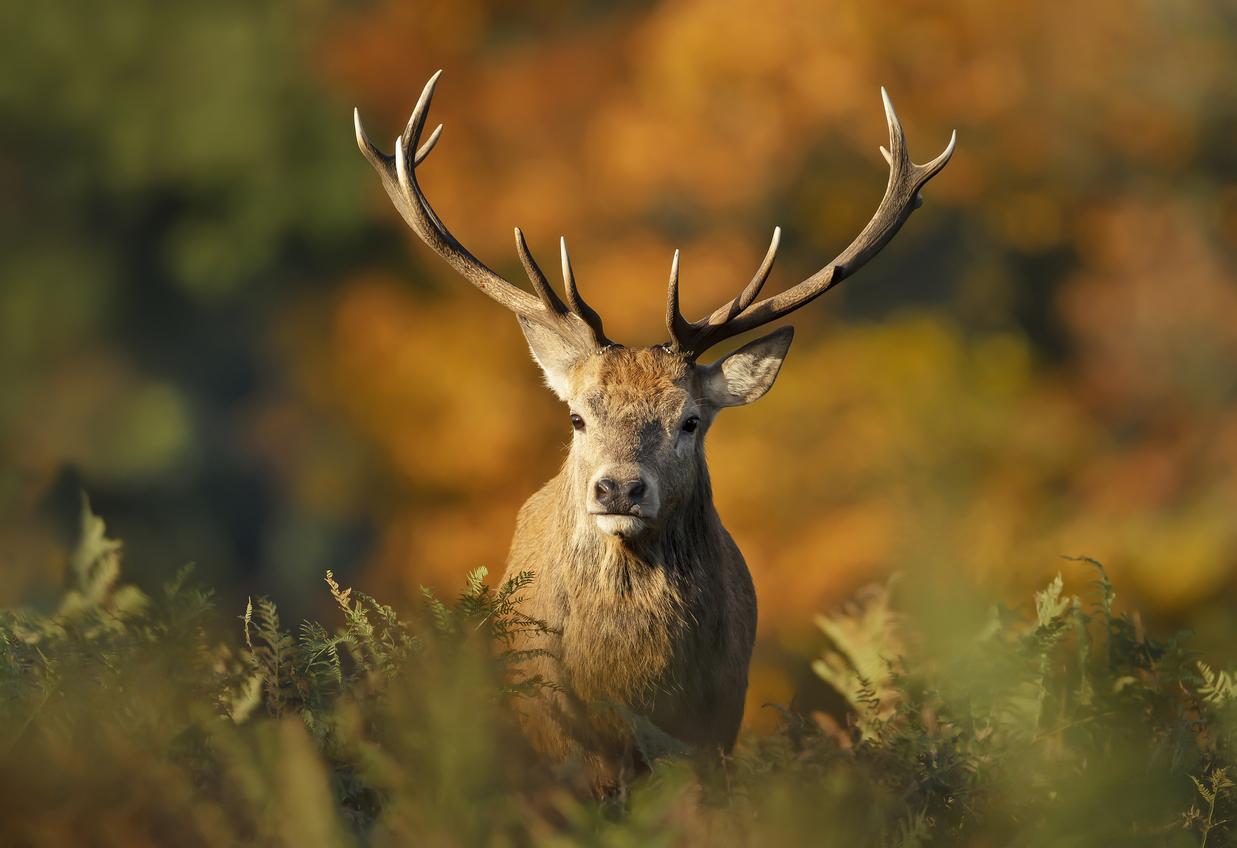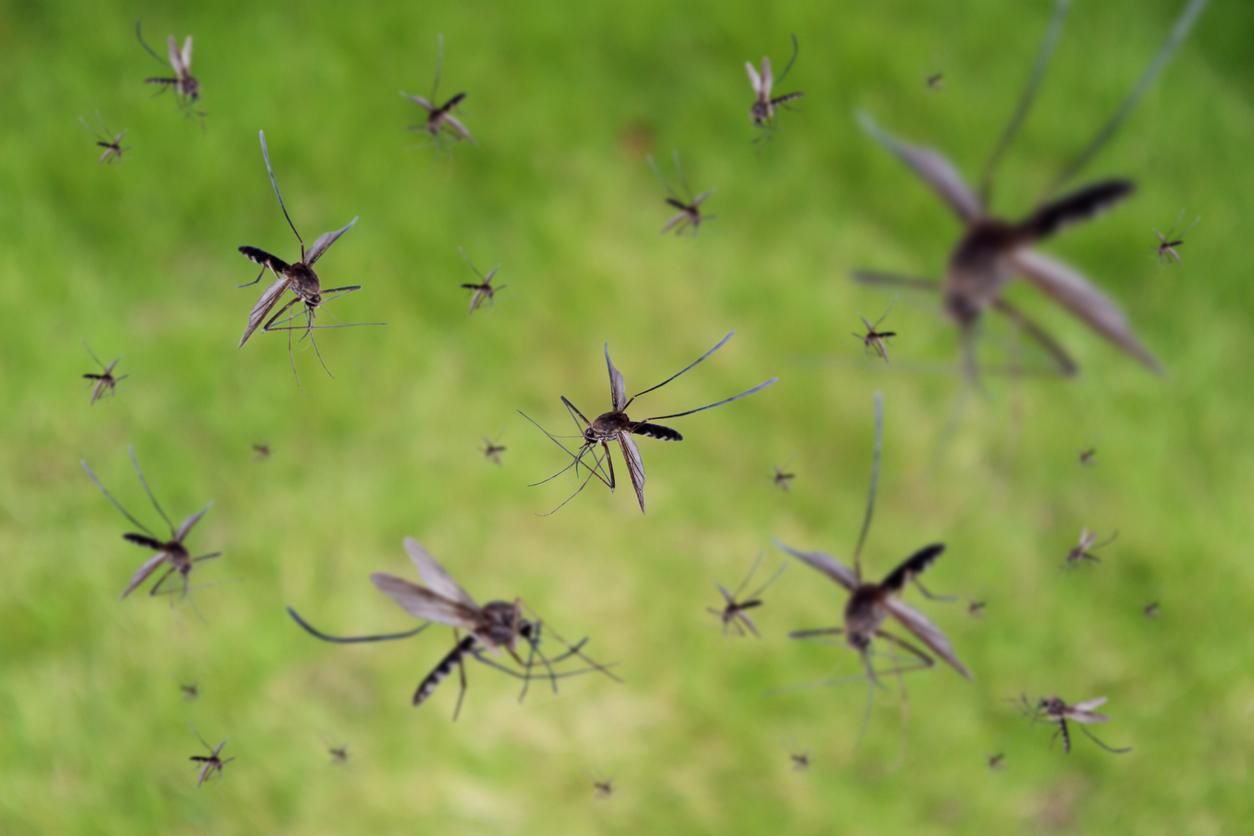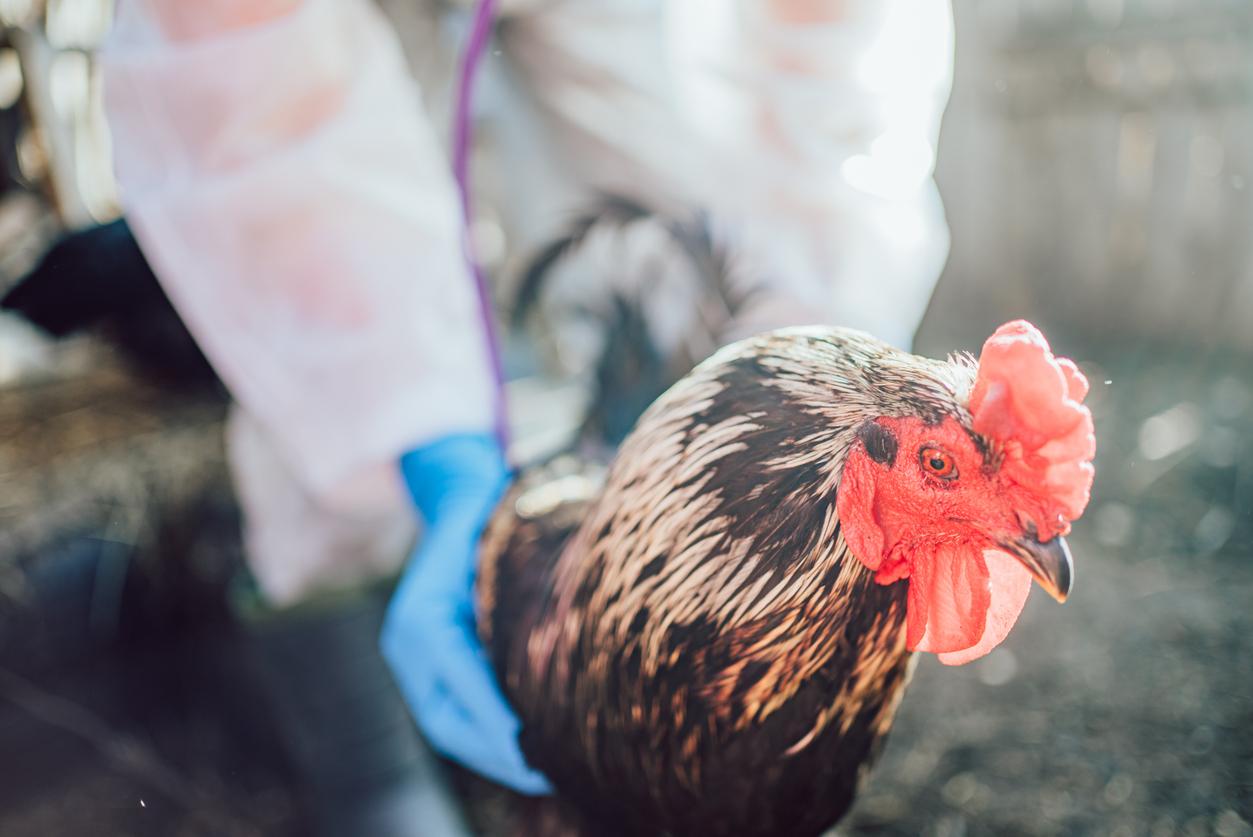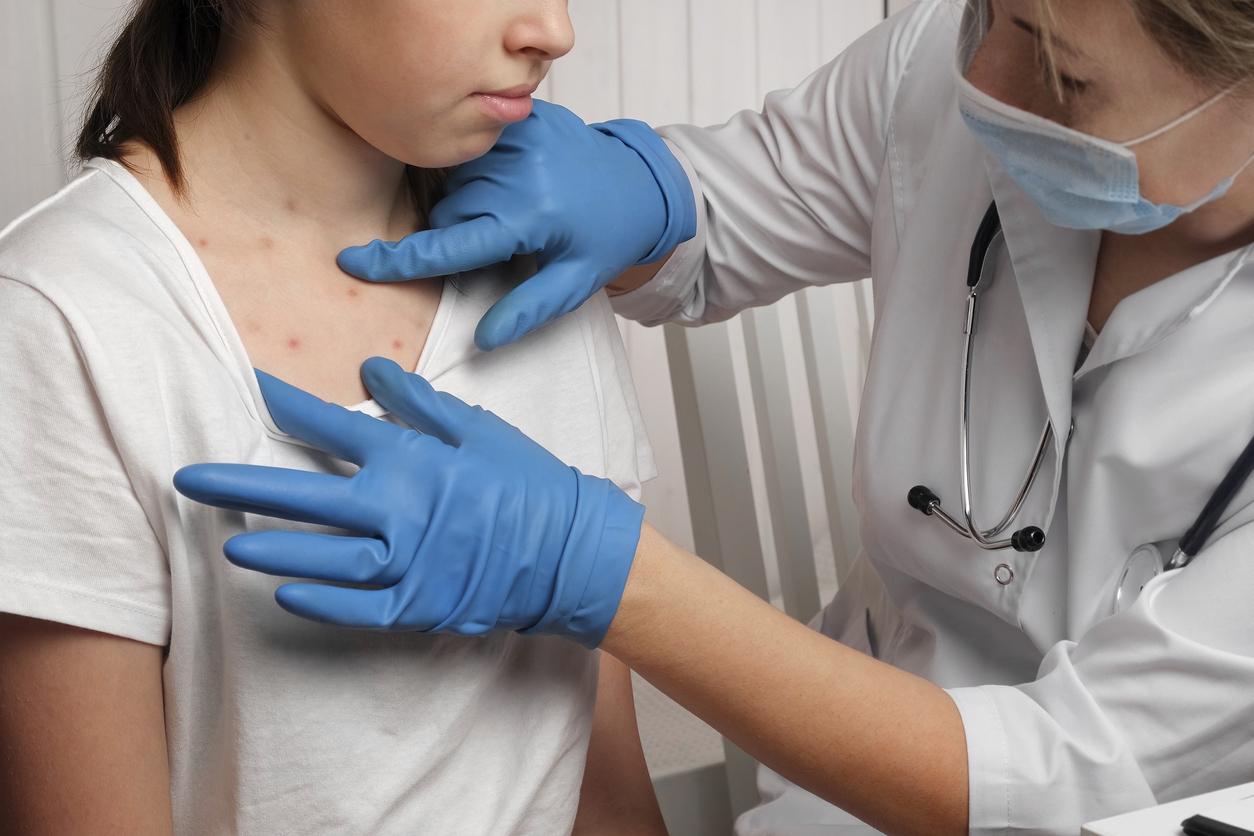The increase in cases of the chronic wasting disease that affects the brains of deer, nicknamed “zombie deer disease”, worries scientists. They fear that this neurodegenerative pathology will spread to humans.

- Zombie deer disease is a prion disease like Creutzfeldt-Jakob disease.
- It causes degeneration of the central nervous system in deer.
- Although no cases of transmission to humans have yet been recorded, scientists fear that this could occur, particularly through the consumption of contaminated meat.
Chronic wasting disease (CWD), which affects deer, reindeer and elk, is a prion pathology similar to that of Creutzfeldt-Jakob. EIt causes degeneration of the central nervous system of infected animals. A significant increase in cases has been observed in the United States in recent months, leading the Centers for Disease Control and Prevention (CDC), the American public health protection agency, as well as numerous scientists to share their findings. fears regarding this epidemic and its consequences.
Zombie Deer Disease: many cases in North America, but also in Europe
Chronic wasting disease is also called “zombie deer disease.” It owes its nickname to the symptoms it causes. The latter are, in fact, reminiscent of the characteristics of creatures in horror films: drastic weight loss, tremors, stumbling, lack of coordination, apathy or excessive saliva production. Furthermore, this neurodegenerative disorder is fatal for affected deer in 100% of cases.
Its progress in recent years has been particularly significant. The CDC indicate that as of November 2023, cases have been spotted in deer as well as free-ranging elk and/or moose in at least 31 U.S. states as well as three Canadian provinces. ButNorth America is not the only one affected since infected deer have also been reported in Norway, Finland and Sweden and even in South Korea.
For Michael Osterholmdirector of the Center for Infectious Disease Research and Policy at the University of Minnesota interviewed by The Guardianthis situation is a “slow-onset disaster”. Still in the British newspaper, Dr Cory Anderson, specialist in this pathology, explains: “We are facing a disease that is invariably fatal, incurable and highly contagious. The concern lies in the fact that we do not have a simple and effective way to eradicate it, neither from the animals it infects, nor from the environment it contaminates..
Epidemic chronic wasting disease: the fear of transmission to humans
For both experts and number of their colleagues, the most worrying risk with zombie deer disease is transmission to humans. “The outbreak of mad cow disease in Britain provided an example of how, overnight, things can go crazy when an event spreads, for example, from livestock to humans. We’re talking about the possibility of something similar happening. No one is saying this is definitely going to happen, but it is important that people are prepared,” warns Dr. Cory Anderson.
While there have not yet been any documented cases of spread to humans, studies suggest that the pathology presents a risk for certain types of primates that come into contact with bodily fluids from infected animals. “These studies raise fears that there may also be a risk to people”note the Centers for Disease Control and Prevention in a 2021 report.
Prion disease in deer: precautions to take
For the American authorities, if “there MDC could spread to humans, it would likely be through consumption of infected deer and elk.”. They therefore invite hunters to take measures to reduce the risk of exposure to zombie deer disease.
The CDC recommends, among other things, not pursuing or eating animals that show symptoms of neurodegenerative pathology or strange behavior. It is also preferable to handle the meat with gloves or to have it tested before consuming it. You should also not use household knives or other kitchen utensils to skin a deer.
















